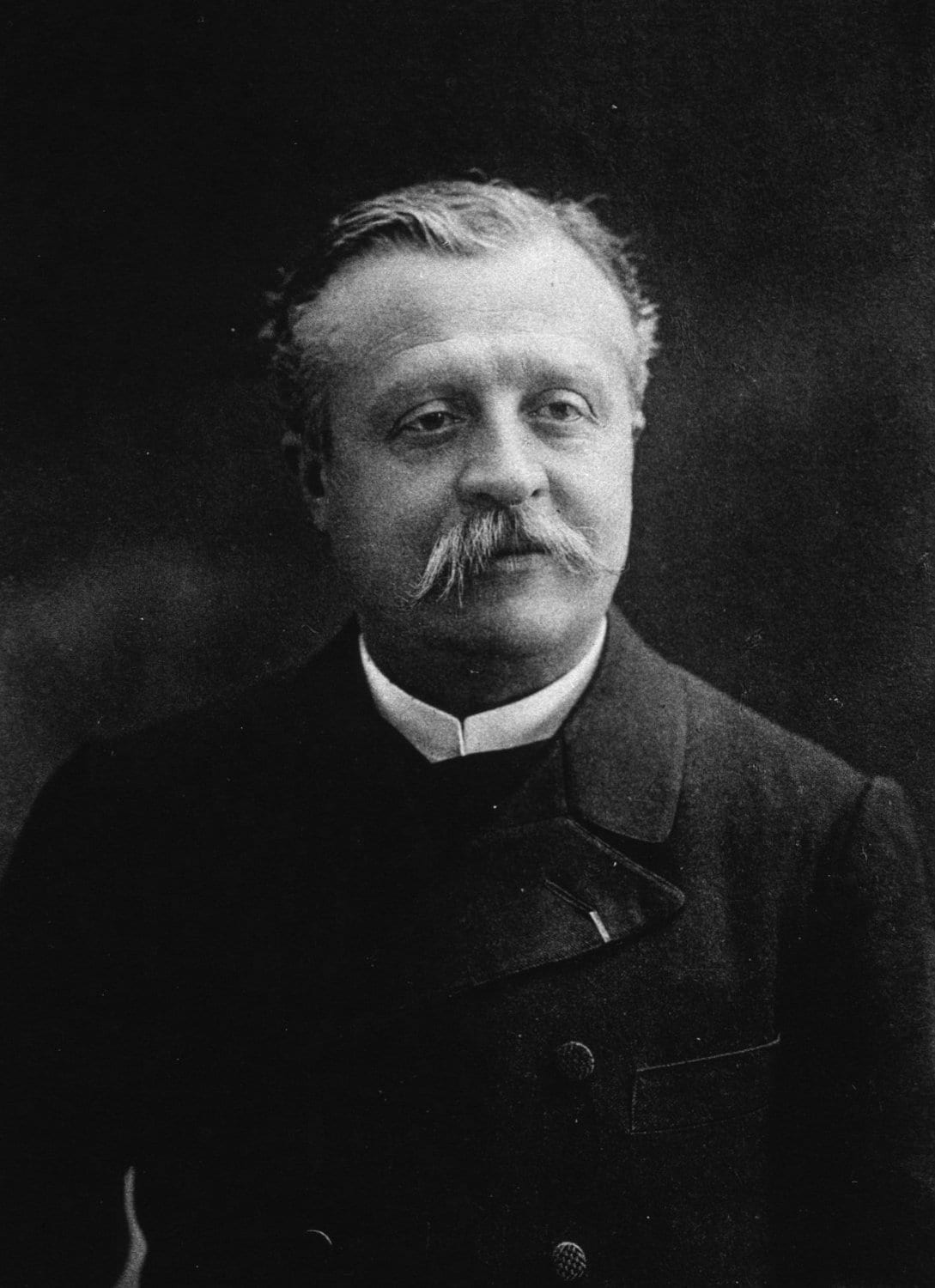 |
| Philippe Charles Ernest Gaucher. Via Wikimedia. |
In the days when syphilis was rampant in Europe and diagnostic modalities few, many unrelated medical conditions were erroneously attributed to it. There was, for example, the distinguished professor of syphilology and dermatology at the Hôpital Saint-Antoine and the University of Paris, who “aggressively promoted” the idea that poliomyelitis and appendicitis were due to syphilis. His name was Phillipe Gaucher and he was clearly wrong on that account. But one hundred years after his death he is remembered for reporting the first case of a disease that eponymously bears his name.
Phillipe Charles Ernest Gaucher was born in 1854 and would have liked to study natural sciences. But failing to be admitted to the science faculty, he followed the advice of his general practitioner uncle and decided to study medicine. He rose rapidly through the ranks, became a professor and department chief, was a prolific academic writer, and contributed many papers on various manifestations of syphilis. Also active in military medicine, he received the Legion d’honneur in 1918 in recognition for his services during World War I. He died in the same year in Paris at age seventy-three.
Gaucher would have largely been forgotten had he not, in his youth, reported as part of his MD thesis a thirty-two-year-old woman who had an enormous spleen weighing 4.77 kg. (A normal spleen weighs only about six ounces or 0.2 kg.) She was extremely uncomfortable and very ill. The enlarged organ was giving her pain by pressing on the surrounding organs. She also was bleeding from her mouth, nose, and skin, became terminally jaundiced, wasted away, and died. Young Gaucher wrote her up for his thesis, and thinking he had stumbled on a new disease, proposed calling it primary epithelioma of the spleen. He described the spleen as hard, very large, and totally infiltrated by huge epithelial cells, irregularly rounded or polyhedral, nucleated, and with interstitial hemorrhages, complete disappearance of the Malpighian corpuscles, and partial disappearance of the blood vessels.
In 1913 Dr. Nathan Brill, a pathologist at Mount Sinai Hospital in New York, saw a case with similar histological features and called it Gaucher’s Disease. Since those early days, the disease has been subject to many studies. It is now known that it is due to an inherited enzyme deficiency that leads to the buildup of a fatty substance in the cells of the body. Several forms of the disease are known, but the most common, accounting for 95% of all cases, so-called type one, occurs predominantly in Ashkenazi Jewish people of Eastern or Central European descent. There have been great advances in diagnosis, screening, and especially treatment—replacing the missing enzyme, reducing the amount of fatty substance produced by the body, bone marrow transplantation, and gene therapy—all beyond the wildest dreams of the young physician who in 1882 reported the first case of this disease
GEORGE DUNEA, MD, Editor-in-Chief
Summer 2020 | Sections | Physicians of Note

Leave a Reply